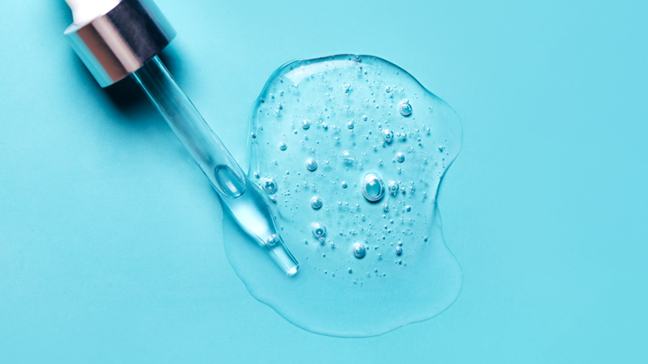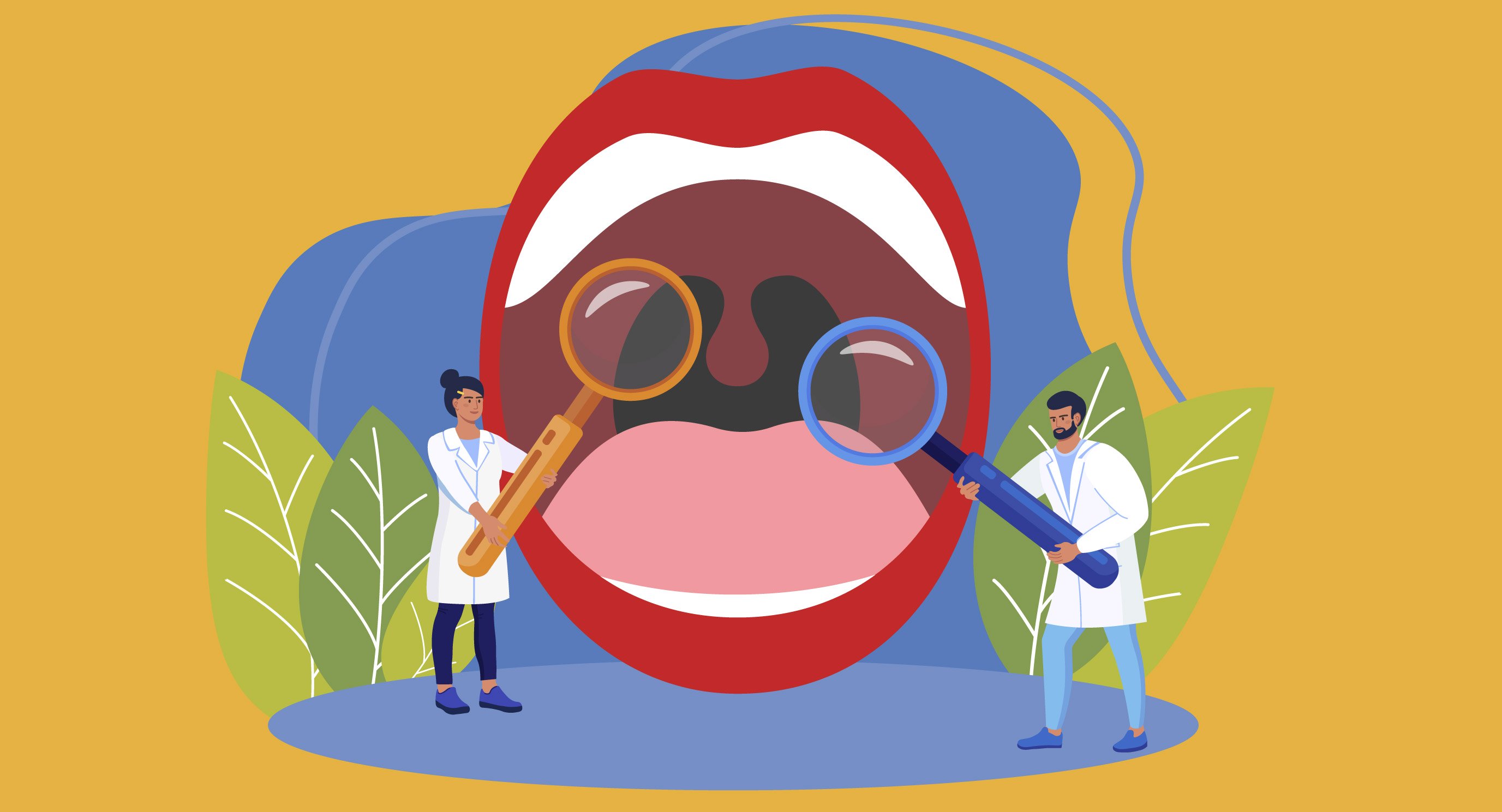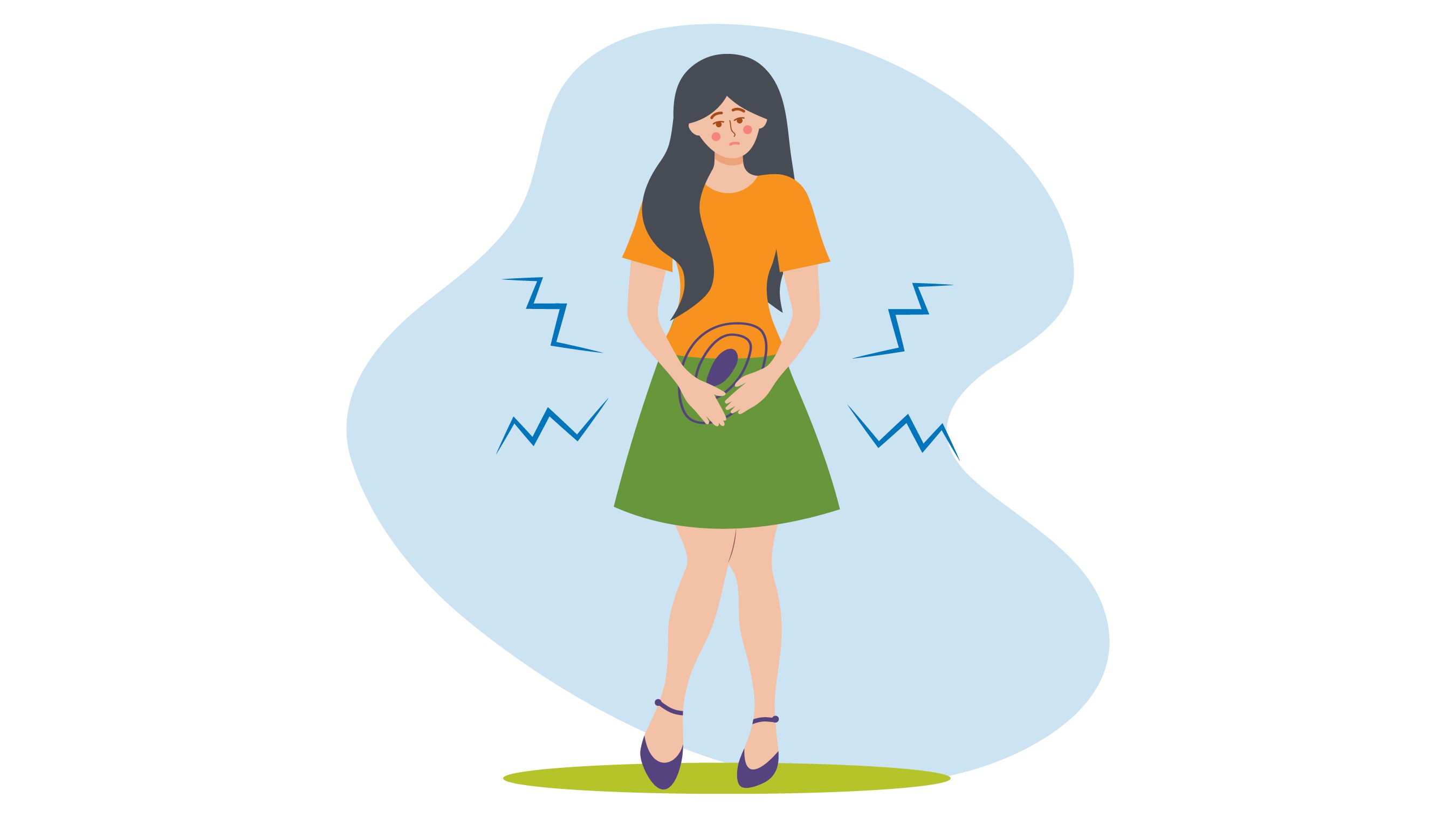- Diseases
- Acoustic Neuroma (16)
- Adrenal Gland Tumor (24)
- Anal Cancer (70)
- Anemia (2)
- Appendix Cancer (18)
- Bile Duct Cancer (26)
- Bladder Cancer (74)
- Brain Metastases (28)
- Brain Tumor (234)
- Breast Cancer (726)
- Breast Implant-Associated Anaplastic Large Cell Lymphoma (2)
- Cancer of Unknown Primary (4)
- Carcinoid Tumor (8)
- Cervical Cancer (164)
- Colon Cancer (168)
- Colorectal Cancer (118)
- Endocrine Tumor (4)
- Esophageal Cancer (44)
- Eye Cancer (36)
- Fallopian Tube Cancer (8)
- Germ Cell Tumor (4)
- Gestational Trophoblastic Disease (2)
- Head and Neck Cancer (14)
- Kidney Cancer (130)
- Leukemia (342)
- Liver Cancer (50)
- Lung Cancer (286)
- Lymphoma (278)
- Mesothelioma (14)
- Metastasis (30)
- Multiple Myeloma (100)
- Myelodysplastic Syndrome (60)
- Myeloproliferative Neoplasm (6)
- Neuroendocrine Tumors (16)
- Oral Cancer (102)
- Ovarian Cancer (178)
- Pancreatic Cancer (160)
- Parathyroid Disease (2)
- Penile Cancer (14)
- Pituitary Tumor (6)
- Prostate Cancer (150)
- Rectal Cancer (58)
- Renal Medullary Carcinoma (6)
- Salivary Gland Cancer (14)
- Sarcoma (238)
- Skin Cancer (300)
- Skull Base Tumors (56)
- Spinal Tumor (12)
- Stomach Cancer (66)
- Testicular Cancer (28)
- Throat Cancer (92)
- Thymoma (6)
- Thyroid Cancer (100)
- Tonsil Cancer (30)
- Uterine Cancer (86)
- Vaginal Cancer (18)
- Vulvar Cancer (22)
- Cancer Topic
- Adolescent and Young Adult Cancer Issues (22)
- Advance Care Planning (12)
- Biostatistics (2)
- Blood Donation (18)
- Bone Health (8)
- COVID-19 (360)
- Cancer Recurrence (120)
- Childhood Cancer Issues (120)
- Clinical Trials (628)
- Complementary Integrative Medicine (22)
- Cytogenetics (2)
- DNA Methylation (4)
- Diagnosis (238)
- Epigenetics (6)
- Fertility (62)
- Follow-up Guidelines (2)
- Health Disparities (14)
- Hereditary Cancer Syndromes (128)
- Immunology (18)
- Li-Fraumeni Syndrome (8)
- Mental Health (122)
- Molecular Diagnostics (8)
- Pain Management (62)
- Palliative Care (8)
- Pathology (10)
- Physical Therapy (18)
- Pregnancy (18)
- Prevention (936)
- Research (390)
- Second Opinion (78)
- Sexuality (16)
- Side Effects (616)
- Sleep Disorders (10)
- Stem Cell Transplantation Cellular Therapy (216)
- Support (408)
- Survivorship (328)
- Symptoms (182)
- Treatment (1788)
COVID-19 symptoms, screening and testing: Insight for cancer patients and caregivers
4 minute read | Published March 10, 2020
Medically Reviewed | Last reviewed by an MD Anderson Cancer Center medical professional on March 10, 2020
Last updated June 29, 2020
Some cancer patients take medications that suppress their immune systems as a part of their treatment. That makes them more susceptible to infections, such as the flu or novel coronavirus disease (COVID-19).
Washing your hands properly and often, avoiding touching your face and other simple strategies can help prevent the spread of COVID-19 and other contagious diseases.
But what COVID-19 symptoms should cancer patients and their caregivers be on the lookout for? When do cancer patients need to be screened for COVID-19, and what does that screening process look like? And, in what cases do cancer patients need to receive a nasal swab COVID-19 test?
We spoke with infectious diseases and infection control specialist Roy Chemaly, M.D., to learn more.
What are the symptoms of COVID-19, and how do they differ from those of a cold or the flu?
COVID-19 symptoms vary widely from person to person. As we've learned more about this novel coronavirus and more cases have been diagnosed, new symptoms have been added to the Centers for Disease Control and Prevention's list of COVID-19 symptoms.
COVID-19 symptoms include:
- fever
- cough
- any new shortness of breath or difficulty breathing
- chills
- repeated shaking with chills
- muscle pain or body aches
- headache
- sore throat
- new loss of taste or smell
- diarrhea
- nausea or vomitting
- congestion or runny nose
- fatigue
Novel coronavirus symptoms vary and may be very similar to those associated with the flu or the common cold.
How do I know if I have COVID-19 or something else?
It really all depends on your exposure.
You may be at risk of catching COVID-19 if you’ve traveled recently to an area where documented coronavirus cases have been widespread, or if you’ve been around someone who may have the virus.
How quickly could I develop COVID-19 symptoms after exposure to the coronavirus?
It typically takes 2-14 days after exposure for COVID-19 symptoms to appear.
As a cancer patient, when do I need a COVID-19 nasal swab test?
If you have symptoms consistent with COVID-19, contact your MD Anderson care team right away. They will ask screening questions to determine whether or not you should receive a nasal swab COVID-19 test, and provide guidance on what to do next, based on your particular situation.
If you think you’ve been exposed to the virus, it is imperative that you call ahead before coming to MD Anderson. That way, our staff can adequately prepare for your arrival. This will allow us to protect both our staff and our patients from possible exposure.
MD Anderson is testing all new patients for COVID-19. We’re also testing all inpatients at admission and are testing patients prior to:
- starting radiation therapy
- procedures in the operating room
- stem cell transplants
- certain cellular therapy infusions
- procedures that generate respiratory aerosols, involve the mucous membranes, or induce significant coughing, such as a lung biopsy
We are also providing COVID-19 nasal swab testing for patients when a household member has tested positive for COVID-19 in the last 14 days. Outside test results are helpful to share with your care team, but will not replace MD Anderson’s COVID-19 testing if your care team determines you need it. You will get more details if you are scheduled for COVID-19 nasal swab testing.
What happens during a COVID-19 screening? When do I need a nasal swab COVID-19 test?
First, we’ll screen you to determine if nasal swab COVID-19 testing is needed. When you get to an MD Anderson building entry point, your temperature will be taken, and an MD Anderson representative will ask you some screening questions.
Next, they will take your vital signs, including your temperature, to determine if you have a fever. They will also ask if you’ve been coughing, felt short of breath, or shown any other symptoms. Based on that, they’ll determine if you need a nasal swab COVID-19 test.
What is nasal swab COVID-19 testing like?
A cotton swab (like a Q-tip, but with a very long stick) will be inserted into your nose to obtain a sample of mucus from the sinus cavity, and another swab will be inserted in your mouth (like a strep test) to take a sample from your throat. Neither swab should hurt, but they might be uncomfortable enough to trigger a cough or a gag reflex.
The mucus samples will be sent off to a lab. Your doctor’s office will call to let you know the results.
If you get nasal swab COVID-19 testing at MD Anderson, you may also be tested for 21 other pathogens, including rhinoviruses, three types of flu, and other common coronaviruses, such as those which cause colds.
What should I do if I test positive for COVID-19?
If you’re an MD Anderson patient and undergo testing here, you will be contacted with instructions on what to do next.
If you are sick enough, you may be admitted to the hospital.
What should I do if I test negative for COVID-19?
Follow the advice of your doctor or care team. Get plenty of rest and fluids, and contact your care team if you have any questions.
Related stories
- 11 things to know about COVID-19 nasal swab testing
- Does COVID-19 saliva testing work?
- What counts as COVID-19 exposure?
- COVID-19 herd immunity: 7 questions, answered
Request an appointment at MD Anderson online or by calling 1-866-478-3966.
Related Cancerwise Stories

It typically takes 2-14 days after exposure for COVID-19 symptoms to appear.
Roy Chemaly, M.D.
Physician





